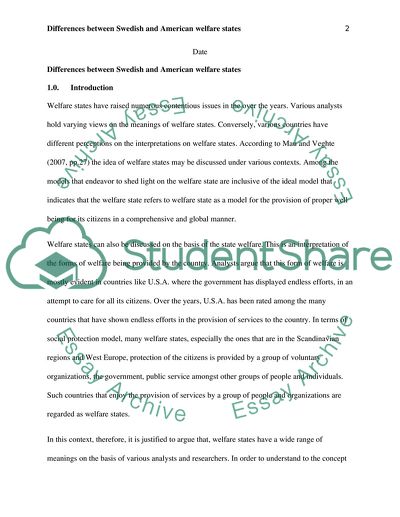Cite this document
(“How and why are the Swedish and American welfare states so different Essay”, n.d.)
How and why are the Swedish and American welfare states so different Essay. Retrieved from https://studentshare.org/miscellaneous/1587314-how-and-why-are-the-swedish-and-american-welfare-states-so-different
How and why are the Swedish and American welfare states so different Essay. Retrieved from https://studentshare.org/miscellaneous/1587314-how-and-why-are-the-swedish-and-american-welfare-states-so-different
(How and Why Are the Swedish and American Welfare States so Different Essay)
How and Why Are the Swedish and American Welfare States so Different Essay. https://studentshare.org/miscellaneous/1587314-how-and-why-are-the-swedish-and-american-welfare-states-so-different.
How and Why Are the Swedish and American Welfare States so Different Essay. https://studentshare.org/miscellaneous/1587314-how-and-why-are-the-swedish-and-american-welfare-states-so-different.
“How and Why Are the Swedish and American Welfare States so Different Essay”, n.d. https://studentshare.org/miscellaneous/1587314-how-and-why-are-the-swedish-and-american-welfare-states-so-different.


